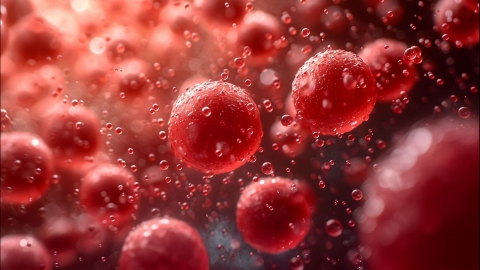Can childhood acute leukemia be cured?
Whether acute leukemia in children can be cured needs to be determined based on specific circumstances. If it is acute lymphoblastic leukemia, there is a possibility of cure. However, if it is recurrent or refractory leukemia, it becomes much harder to cure. Detailed analysis is as follows:

Acute lymphoblastic leukemia generally has a relatively good treatment outcome, especially for children diagnosed at a young age without high-risk factors. With standardized chemotherapy, the cure rate is relatively high.
However, for children whose leukemia recurs after initial treatment or who do not respond to standard therapies, the difficulty of achieving a cure significantly increases. These children may require more intensive chemotherapy, hematopoietic stem cell transplantation, or other experimental treatments. Additionally, if acute leukemia in a child is detected at an advanced stage, the treatment becomes more challenging and the cure rate is relatively lower.
During treatment, both parents and the child should actively cooperate with the doctor's treatment plan, while maintaining a positive mindset and healthy lifestyle habits to improve both cure rates and quality of life.






